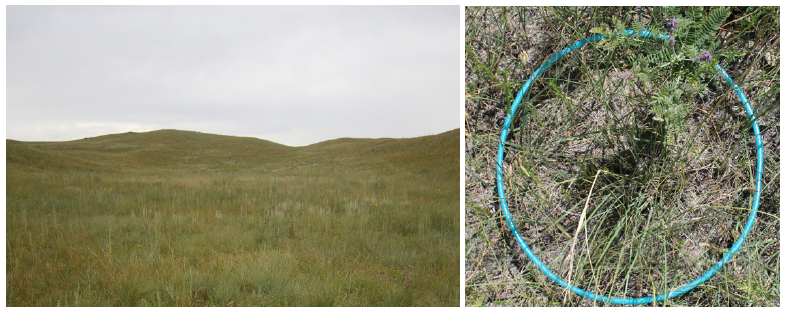
By John Nelson, Extension Educator in Lancaster County
It can be easy to reserve our high-level management and monitoring energy toward cash crops and allow our pastures and rangelands to suffer as a result. However, careful monitoring of pasture conditions throughout and following the grazing season can help us maintain and improve pasture productivity. Proper rangeland monitoring can help pasture managers avoid weed, fertility and overgrazing problems that can be difficult and expensive to remediate if allowed to remain unchecked. Furthermore, historical knowledge of pasture potential can be leveraged in drought years to better manage grazing resources in difficult growing conditions.
Nebraska Extension has some useful tools to help implement a strong pasture monitoring program. The first is the NebGuide “Getting to Know Your Pastures: Techniques to Enhance Monitoring” (G2212) at https://go.unl.edu/know-your-pastures. This document outlines methods to systematically document forage density, weeds and emerging production problems.
Photo-monitoring is a recommended technique to understand both short- and long-term changes in a pasture. Combining regular photographs with other data (plant identification, weather conditions) over time can make understanding pasture changes and productivity simpler and more reliable. It is also recommended to clip, dry and weigh all palatable forage in a small known area to estimate grazeable forage (Figure 1, right image).
University of Nebraska–Lincoln is developing the GrassSnap mobile app to simplify pasture and rangeland photo-monitoring. This app stores pasture names, photo dates and GPS locations to make replicating pictures easier and more reliable.